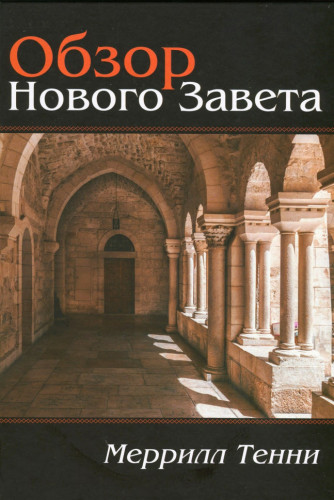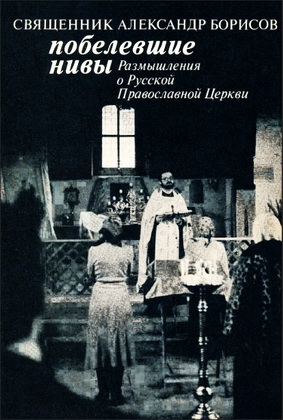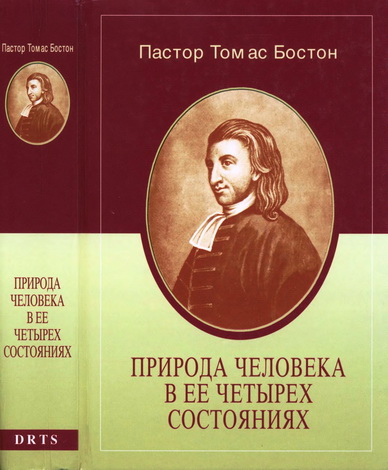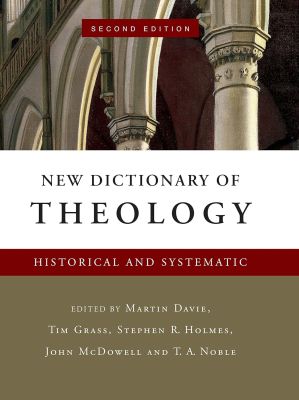
Douglas - Tenney - New International Bible Dictionary
Douglas, Tenney - New International Bible Dictionary
Grand Rapids, MI: Zondervan, 1987
ISBN-10: 0–310-33190–0 (Zondervan)
lSBN-13: 978–0-310–33190–2 (Zondervan)
ISBN: 0–551–01570–5 (Marshall Pickering)
For more than two decades The Zondervan Pictorial Bible Dictionary has been a best-seller. During that period, however, more background information has become available. Archaeological excavations have been carried out on biblical sites. New books have been written to enhance our understanding of the Bible. A further dimension was added with the publication of the New International Version of the Bible.
These developments are reflected in this revision. The revision has been so thorough, in fact, that the dictionary merits a new name: The New International Dictionary of the Bible. There is, for example, a completely new entry on archaeology, and, where necessary, notes have been added to the individual entries dealing with particular sites.
More emphasis has been placed on bibliography. To all the articles on biblical books are appended some suggestions for further reading. So, too, with most of the longer articles. Some entries call for bibliography more than others, hence the apparent anomaly that sees none attached to a sizable entry, but, for exceptional reasons, finds one in a shorter entry.
This revision is based on the NIV, but there are frequent comparisons with the KJV. Other versions—notably JB, NASB, NEB, and RSV—have been cited where it was considered helpful. While the spelling of places and personal names follows NIV usage, preference is occasionally given to the KJV rendering in order to avoid confusion or perhaps because of editorial affinity with some old and much-loved landmark.
Every reviser is in debt to the original editors and writers and lives with a nagging feeling of presumptuousness in setting out to amend or supersede the work of bygone saints. Why did they say this or that? Did they know something we don’t know? This haunting and not-unlikely possibility is a healthy inhibiting factor for brandishers of blue pencils.
This is especially relevant when confronting a presentation that is put a little more forcefully than one would expect in a dictionary of the Bible. In the following pages a reasonable amount of idiosyncrasy has been perpetuated in certain entries; with a certain affectionate indulgence we recognize that that was the way in which some of our elders drew attention to the importance of their topics.
A few brief explanations are called for. In articles where only minor revision has been carried out or bibliography updated, the name of the original author has been retained. Where there has been substantial alteration or addition, the name of the reviser also has been supplied. Where more than two writers have been involved, the article is left unsigned, a procedure that is followed with most of the shorter entries.
Cross-references are an editorial nightmare; too many of them make for confusion and untidiness. We reduced them to a minimum, knowing that readers would, without prompting from us, be enterprising enough to look up other subjects. Most of them involve related entries that are mentioned at the end of an entry.
Dictionaries are particularly vulnerable because a writer has to say in a few words what others expand into whole books. Contributors to dictionaries of the Bible are further at risk because some of their subjects lend themselves to controversy. In treating them, mention may be made either of opinions not within the Evangelical tradition or of widely divergent interpretations within that tradition. We hope that this policy will have no adverse effect on anyone’s blood pressure. It was, indeed, an eminent physician, Sir Wilfred Grenfell, who reminded us that two men can think differently without either being wicked.
The consulting editors are not to be held accountable for the finished revision. None of them has seen all of it. All of them responded to the initial invitation to comment on what needed to be done. Moreover, all were contributors as well as consultants, and the work has greatly benefited. But someone had to see the work last, so for the final choice of material the revising editor alone is responsible.
In addition to article writers, a number of people worked very hard and lightened the editorial task. Doug Buckwalter and David Lazell shared their expertise in the peculiarly demanding job of adapting some of the omnibus articles to NIV usage. Myra Wilson cheerfully did a mass of accurate typing and checking; Ruj Vanavisut meticulously performed a daunting load of secretarial and kindred chores; Louan and Walter Elwell selflessly provided a second home and library facilities for a traveling editor. For the publisher, Stan Gundry was a model of restraint in letting the editor get on with the project unhindered but was ready to respond promptly to editorial requests.
* * *
MERODACH-BALADAN
(mē-rōʾdăk-bălʾȧ-dăn, Marduk has given a son). A king of Babylon called Merodach-Baladan in some versions of 2 Kings 20:12. He was a strong, courageous leader, known outside the OT as Marduk-apla-iddina II. He was by far the most successful rebel against the then dominant power of Assyria. In spite of Assyrian counterattack, he maintained his kingship in Babylon from 721 b.c., when he captured the city from Assyria, until 720 when Sargon first subdued the Elamites and then entered Babylon without meeting resistance. On the death of Sargon in 705, Merodach-Baladan supposed that he was released from any duty he owed to Assyria and worked again for an independent Babylonian kingdom. He enjoyed a brief, final reign in Babylon until defeated and driven out by Sennacherib in 703.
It is understandable that Hezekiah, in his tiny and far-off kingdom of Judah, should be flattered and indeed lose his head when he was the recipient of a special delegation from this front runner among the anti-Assyrian rebels (Isa 39). It would be at some point in his second bid for power (705 b.c.) that Merodach-Baladan tried to encourage diversionary rebellions in western Palestine. Isaiah’s prophecy prevented Hezekiah’s revolt. However, it could not annul the divine edict of eventual captivity, and it may well have contributed to the weakening of the cause of Merodach-Baladan and therefore to his failure to establish his Babylonian kingdom. We do need to realize, however, in order to keep a correct perspective on the ancient world, that, politically speaking, Assyrian dominance was in the balance. Merodach-Baladan was no minor threat; he could have brought about, there and then, the end of the Assyrian Empire. It was part of the political reality of the time that, within Isaiah’s lifetime, Judah could have gone into captivity to Babylon, though, in divine mercy, the date of the disaster was postponed.
Bibliography: S. Elandsson, The Burden of Babylon, 1970, pp. 86–92.——JAM





Комментарии
Пока нет комментариев. Будьте первым!